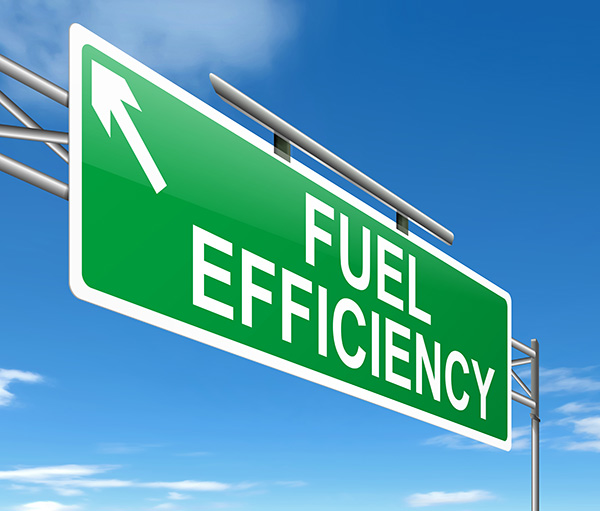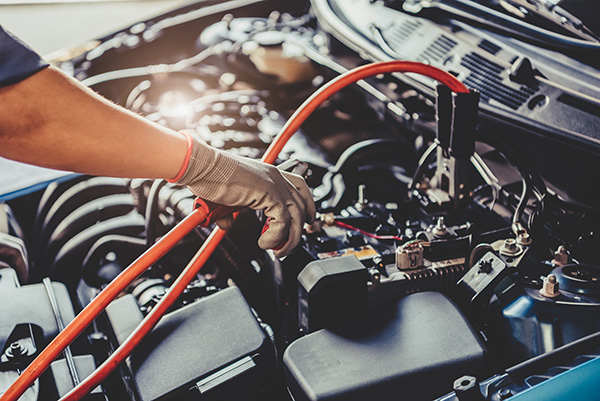Posted on 3/28/2025

If you’ve ever wondered why your tires wear out faster after driving certain routes, you’re not imagining things. Not all roads are paved the same way, and the condition and design of the roads you regularly drive on can greatly impact how long your tires last. Even with quality tires and regular maintenance, certain environments are simply harder on rubber than others. Knowing what kind of road conditions accelerate tire wear can help you make smarter decisions—not just about where you drive, but also how you care for your tires. Rough and Broken Pavement Cracked, crumbling, or poorly maintained roads are brutal on tires. Every time you hit a pothole or a jagged patch of pavement, your tires absorb the impact. This causes more than just surface damage—it can weaken the tire structure, knock your alignment out of spec, or even cause sidewall bulges that shorten a tire’s life. Some roads are in such rough shape that no matter how carefu ... read more
Posted on 2/28/2025

With gas prices all over the place, getting the most out of every gallon is a priority for many drivers. A drop in fuel efficiency can come from worn-out parts, poor maintenance, or even everyday driving habits—but the good news is, small adjustments can go a long way. If you’re looking to cut costs at the pump and keep your engine running efficiently, what steps can you take to make a real difference? 1. Keep Up with Regular Maintenance A well-maintained vehicle runs more efficiently, using less fuel to perform the same tasks. Routine maintenance can prevent small issues from turning into costly problems. Key services that help improve fuel economy include: Oil changes – Clean oil reduces engine friction and improves performance. Air filter replacements – A clogged air filter makes the engine work harder, burning more fuel. Spark plug inspections – Worn spark plugs can lead to incomplete combustion and wasted gas. Fuel system cleani ... read more
Posted on 1/31/2025

Nothing is more frustrating than heading to your car, turning the key (or pressing the button), and realizing that your vehicle won’t start. It’s an inconvenience at best and can feel downright overwhelming at worst. But before you panic or assume the worst-case scenario, take a deep breath and consider the possible reasons. Often, a no-start situation is caused by an issue that can be resolved with some quick troubleshooting. Check the Battery A dead or weak battery is one of the most common reasons a car won’t start. If you hear a clicking sound when you turn the key or the interior lights don’t come on, your battery might be the culprit. Batteries can lose charge due to age, extreme temperatures, or leaving lights on overnight. If you have jumper cables and another vehicle available, jump-start your car to see if the battery is the issue. If the car starts after the jump, the battery may need a full charge or replacement. However, if jump ... read more